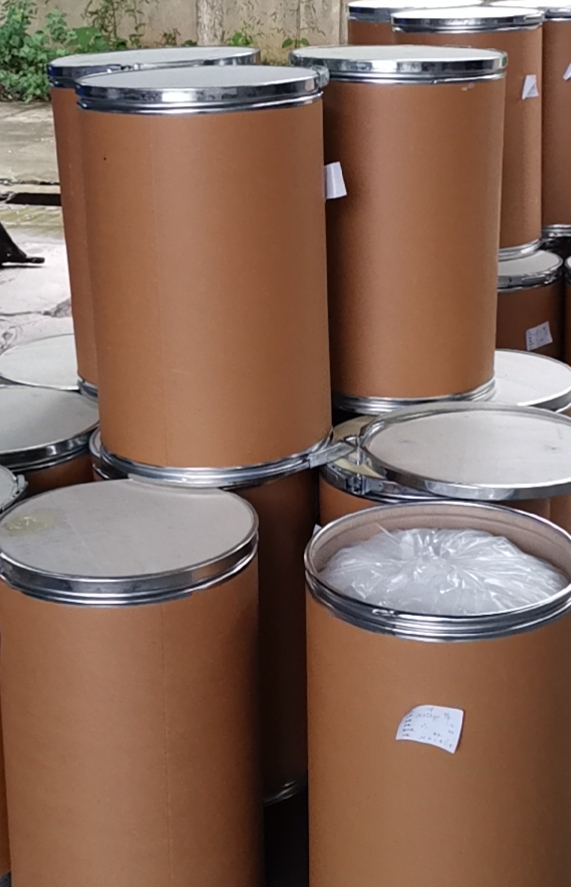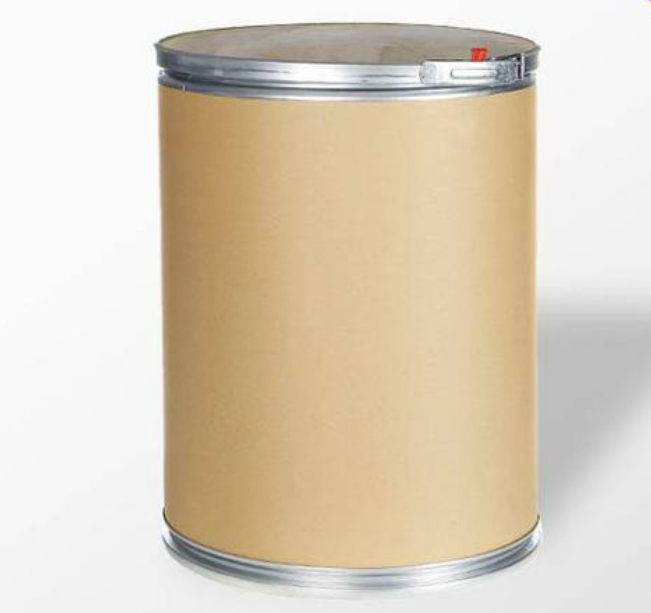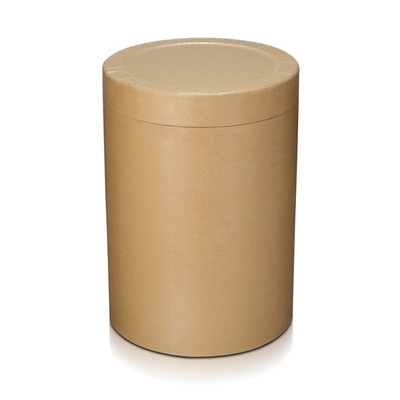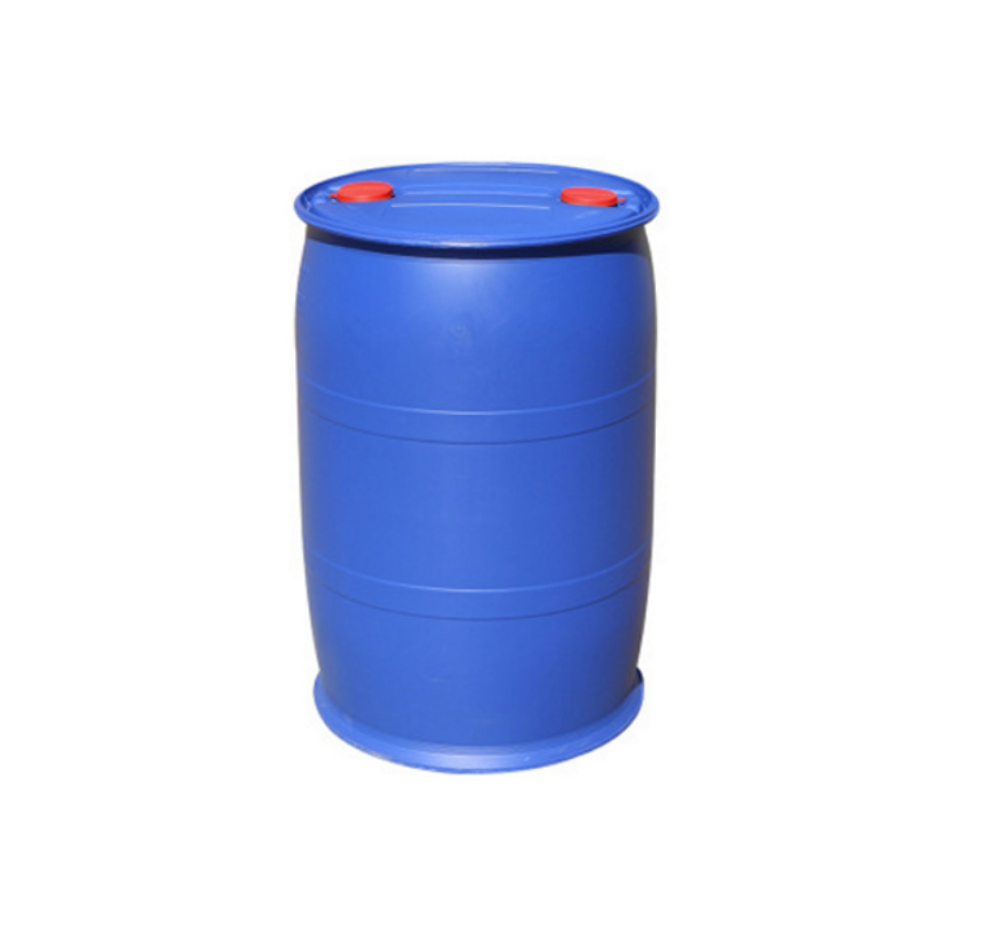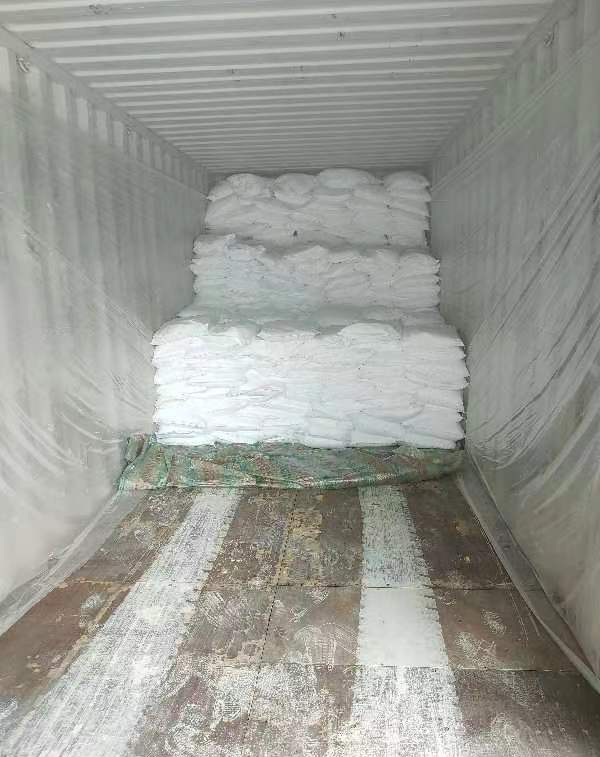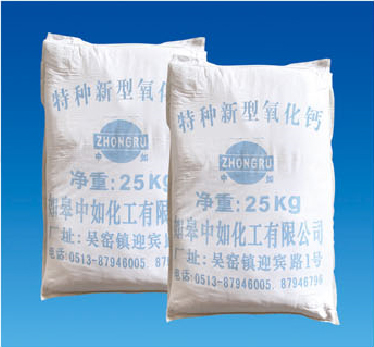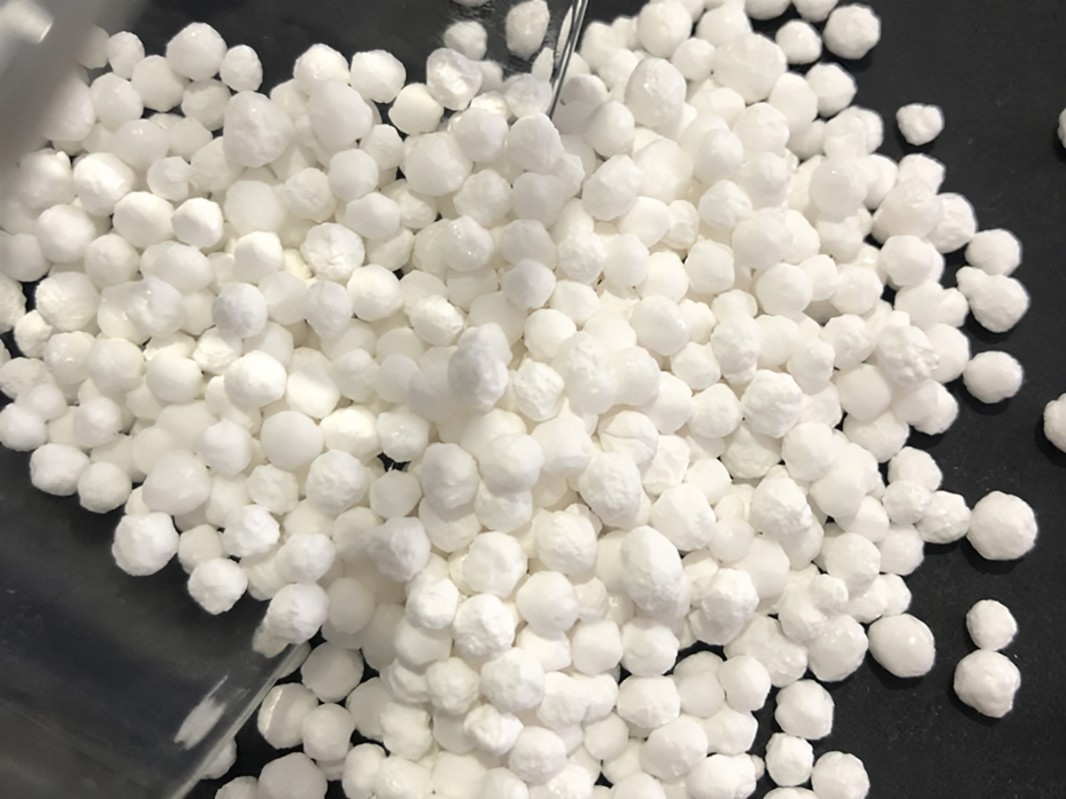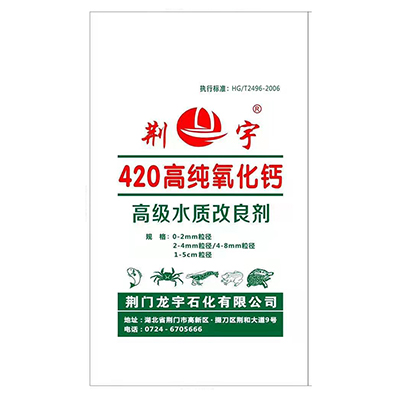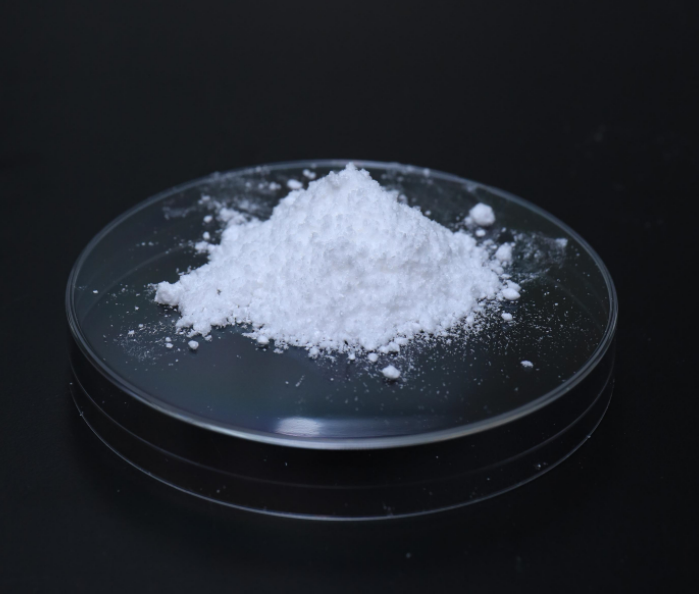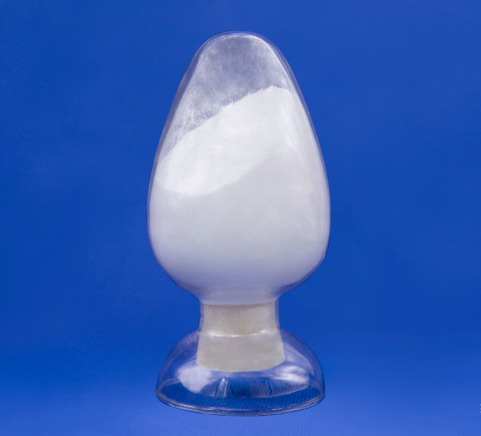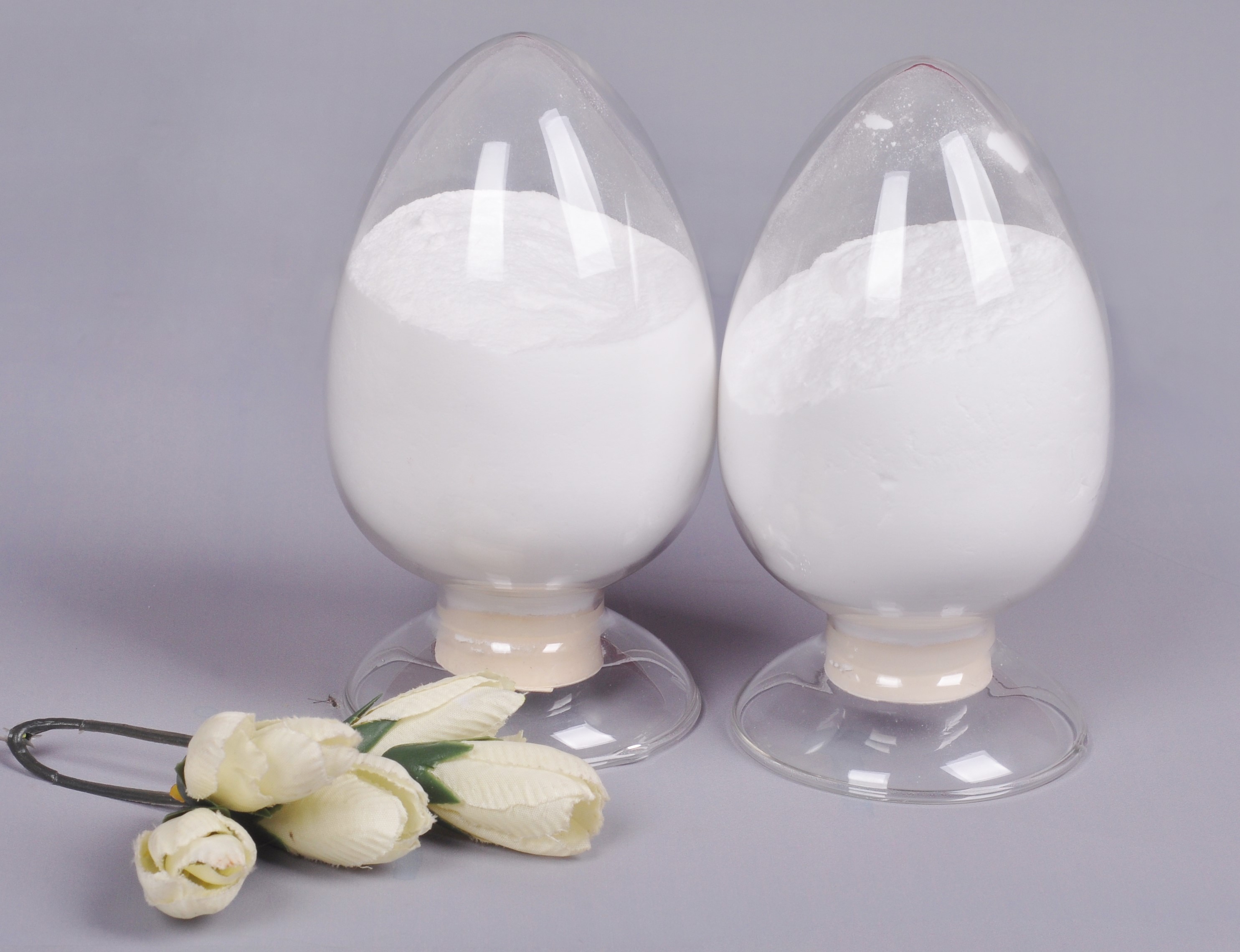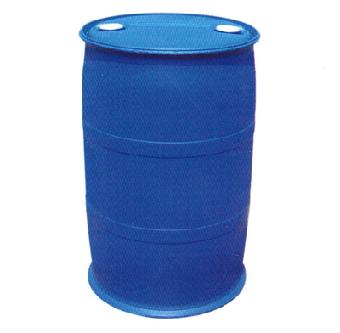Surfactants, Catalysts
Find
1014
related chemicals for you
CAS:1122-58-3
Molecular Formula:C7H10N2
Alias
More Information
N,N-Dimethylpyridin-4-Amine; 4-(Dimethylamino)Pyridine; Aurora KA-6495; N-(4-Pyridyl)Dimethylamine; 4-Dimethylami; p-Dimethylaminopyridine; DMAP Solution; 4-(Dimethylamino)Pyridine,N,N-Dimethylpyridin-4-Amine,DMAP; N,N-Dimethylpyridin-4-Amine DMAP; DMAP; DMAP 4-Dimethylaminopyridine
Brief Introduction
It is a new type of highly efficient catalyst widely used in chemical synthesis. It has high catalytic ability in acylation, alkylation, etherification and other types of reactions in organic synthesis, drug synthesis, pesticide, dye, perfume synthesis, and has extremely obvious effect on improving the yield.
Suppliers
View More Vendors (4) >
Dongyang Baihang Chemical Co.,Ltd.
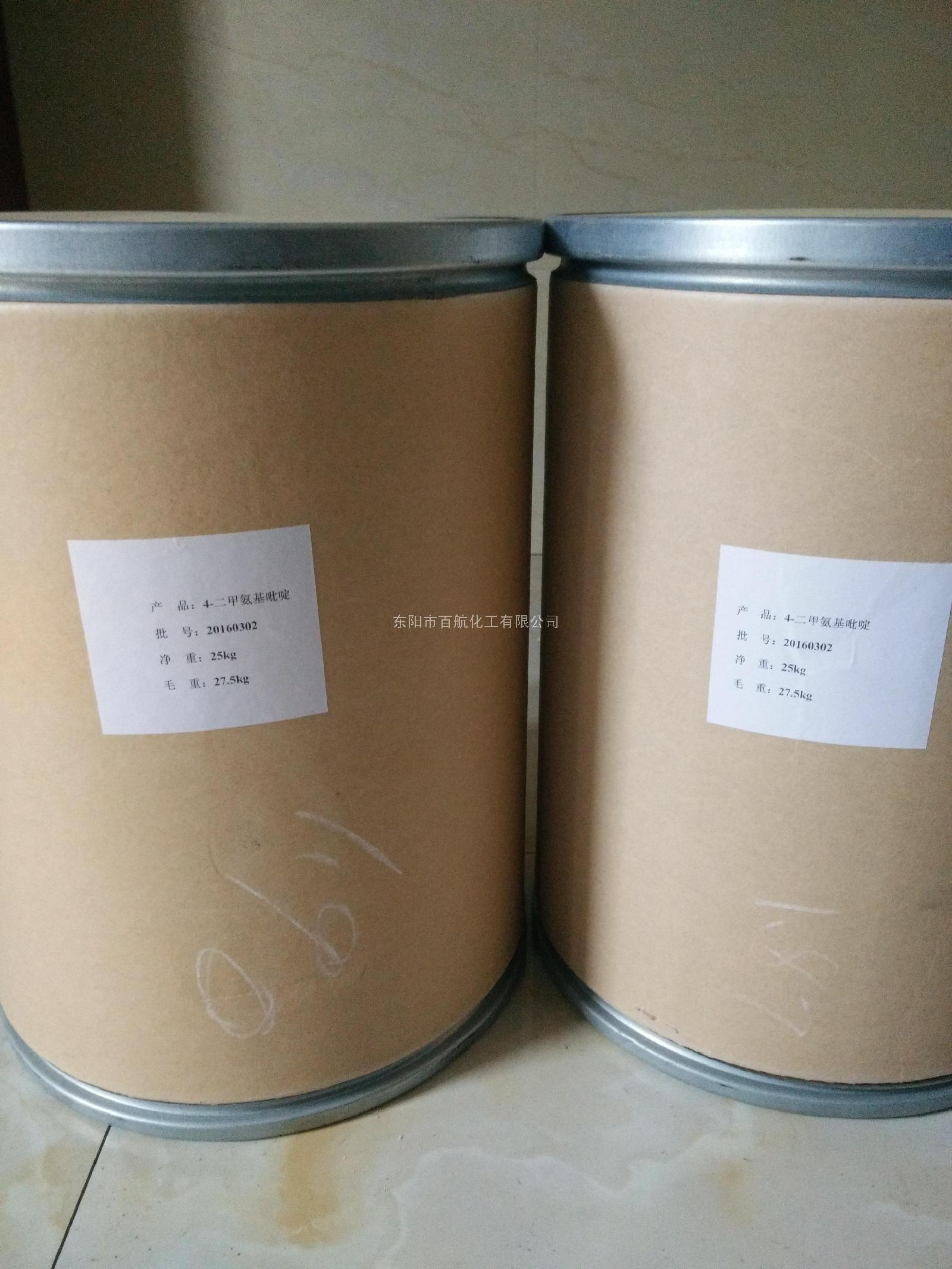
≥99%
/
Tech Grade
25kg
/
Fibre Drum
CAS:122-19-0
Molecular Formula:C27H50ClN
Alias
More Information
Benzyldimethyloctadecylammonium Chloride Hydrate; Octadecyldimethylbenzylammonium Chloride; Stearyl-Dimethyl-Benzylammonium Chloride; Dimethyloctadecylbenzylammonium Chloride; Dimethyl Stearyl Benzyl Ammonium Chloride; N-Benzyl-N,N-Dimethyloctadecan-1-Aminium Chloride; Octadecyldimethylbenzylammonium Chloride Hydrate; N,N-Dimethyl N-Benzyl N-Octadecyl Ammonium Chloride; Stearalkonium Chloride; Stearyldimethylbenzyl Ammonium Chloride; Octadecyldimethyl Benzyl Ammonium Chloride; Benzyldimethyl-N-Octadecyl Ammonium Chloride
Brief Introduction
Stearyldimethylbenzylammonium Chloride is a type of benzalkonium chloride which is used as an anti-static agent, a surfactant and an antimicrobial. It is an ingredient in some cosmetics and hair care products, particularly conditioners. It was originally designed by the fabric industry for use as a fabric softener.Toxicology studies have determined that Stearyldimethylbenzylammonium Chloride is safe and non-toxic at the concentrations typically used in cosmetic products (0.1 to 5%). At higher concentrations (25% solution), it has been shown to cause minor skin and eye irritation in animals.
Suppliers
View More Vendors (4) >
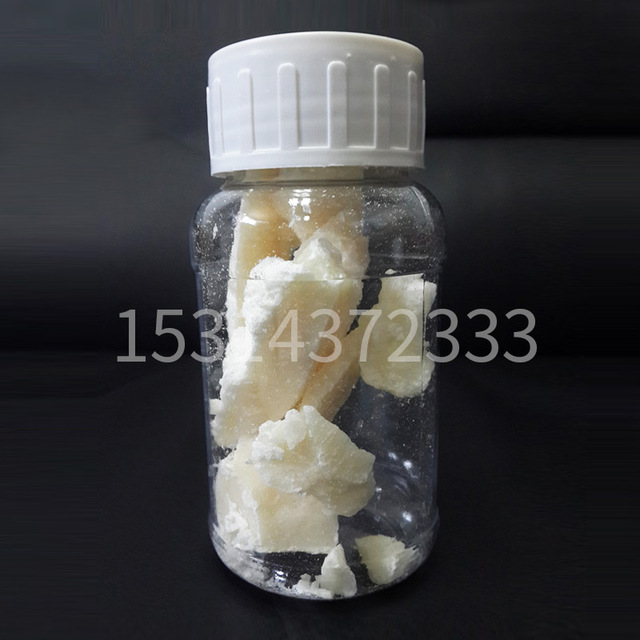
Active substance content%: 50 ± 2, 80 ± 2, 95 ± 2
/
Tech Grade
25kg
/
Woven Bag
CAS:1305-78-8
Molecular Formula:CaO
Alias
More Information
Quicklime; Burnt Lime; Calcium Monoxide; Oxocalcium; Calciumoxide&nb; Calcination of Calcium; Flash-Setting Agent
Brief Introduction
It is used as building materials and metallurgical flux. It is the main raw material for the preparation of calcium hydroxide and various calcium compounds. It is also a cheap alkali in the chemical industry. It is widely used in pesticide, papermaking, food, petrochemical industry, tanning, wastewater purification and so on. It can also be used for drying ammonia in laboratory and alcohol dehydration.
Suppliers
View More Vendors (4) >
CAS:137-16-6
Molecular Formula:C15H28NNaO3
Alias
More Information
N-Lauroylsarcosine Sodium Salt; Sodium Lauroyl Sarcosine; Sodium N-Lauroylsarcosinate; Sodium Lauryl Sarcosinate; Sodium Lauroylsarcosinate; N-Laurylsarcosine,Sodiumsalt; N-Lauroylsarcosinena-Salt; N-Lauroylsarcosinesodiumsalt; Sarkosyl NL 30; Sarkosyl NL; Sarkosyl; N-Methyl-N-(1-Oxododecyl)Glycine Sodium salt; N-Methyl-N-(1-Oxododecyl)Glycinesodiumsalt
Brief Introduction
Sodium lauroylsarcosinate is a kind of foaming agent and surfactant. It is a kind of modified fatty acid of lauroyl sarcosine salt (decomposed from creatine or caffeine). It is often used in shampoo, shower gel, cleanser and shaving products as foaming agent, surfactant and hair conditioner.
Suppliers
View More Vendors (4) >
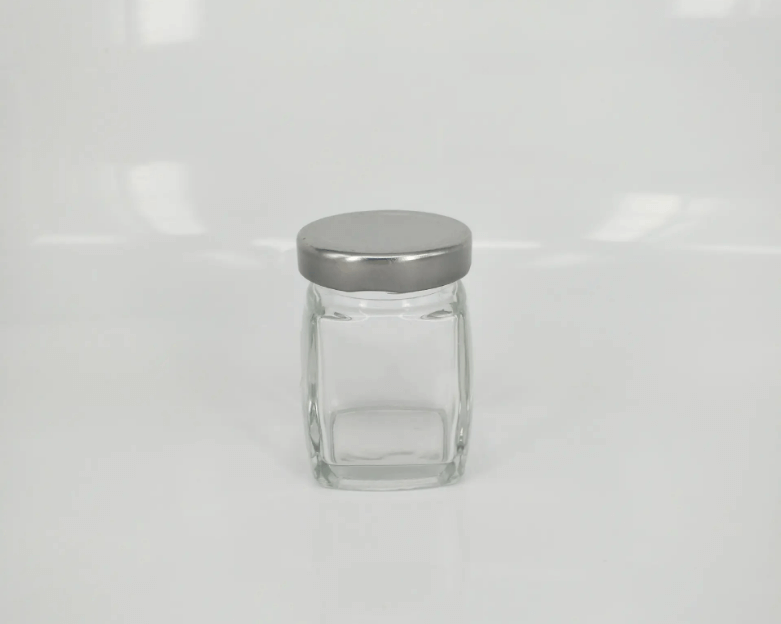
Active matter content 29.0~31.0%
/
Cosmetic Grade
200kg
/
Plastic Drum
CAS:1493-13-6
Molecular Formula:CHF3O3S
Alias
More Information
Trifluoromethanesulphonic Acid; Triflic Acid; Tfmsa; Perfluoromethanesulfonic Acid; Trifluoromethylsulfonic Acid; Methanesulfonic Acid, Trifluoro-; Trifluoromethansulfonic Acid; Trifluoromethane-Sulfonic Acid; Methanesulfonic Acid,Trifluoro
Brief Introduction
Trifluoromethanesulfonic acid is widely used. It is one of the most powerful organic acids known. It is a versatile synthetic tool. With strong corrosiveness and hygroscopicity, it is widely used in medicine, chemical industry and other industries, such as nucleosides, antibiotics, steroids, proteins, sugars, vitamin synthesis, silicone rubber modification, etc. It can also be used as a catalyst for isomerization and alkylation to prepare 2,3-dihydro-2-indanone and 1-tetrahydronaphthalene ketone and remove glycosides from glycoproteins.
Suppliers
View More Vendors (4) >
Jiangxi Wisdom Pharmaceutical Co.,Ltd.
-
Pharm Grade
<Invalid Value>
99.5+
/
-
<Invalid Value>
99+
/
-
Inquiry (
10
/ 10
)
Clear All
You can inquire for up to 10 products at a time
Sign In
Error!

